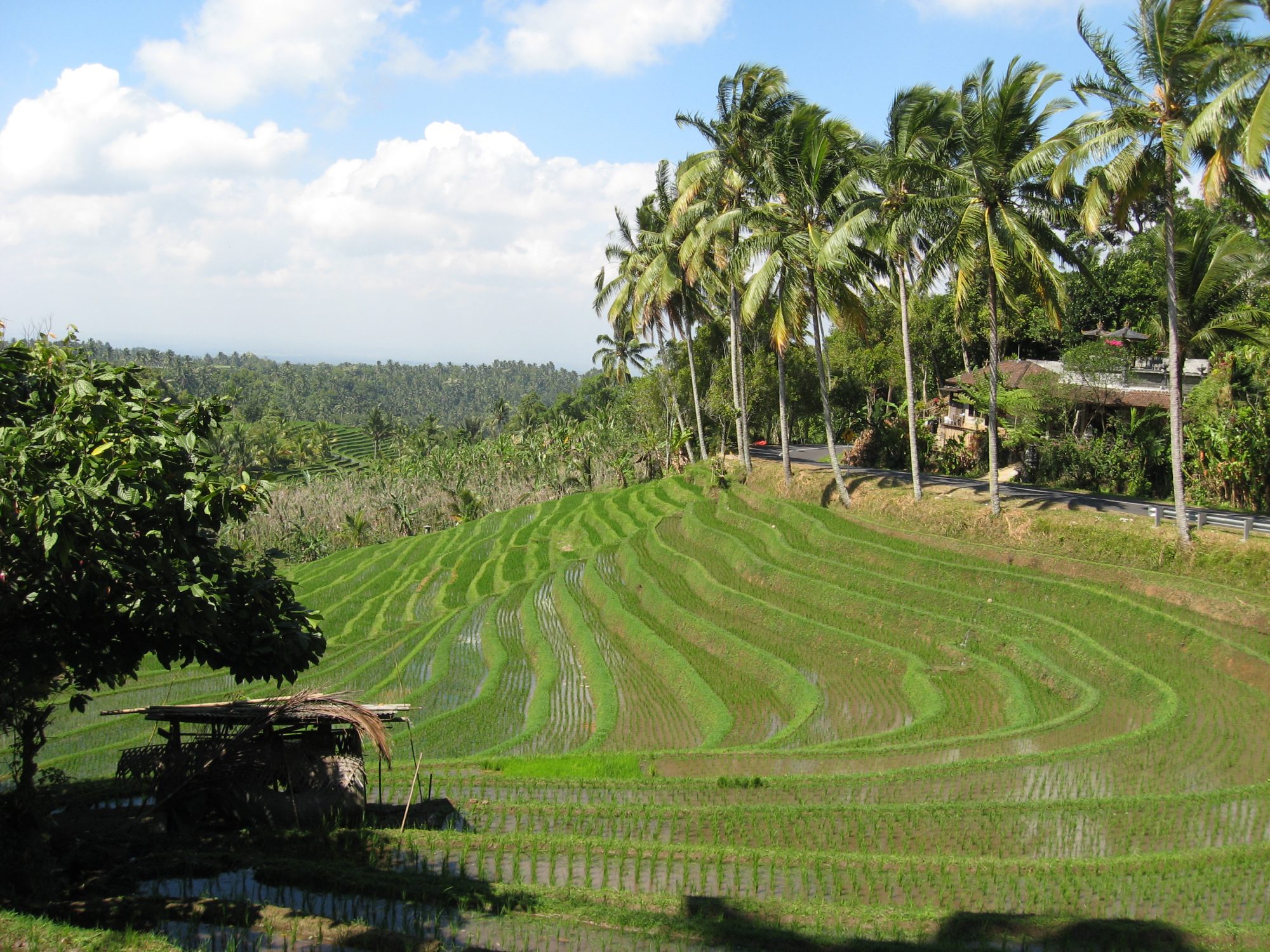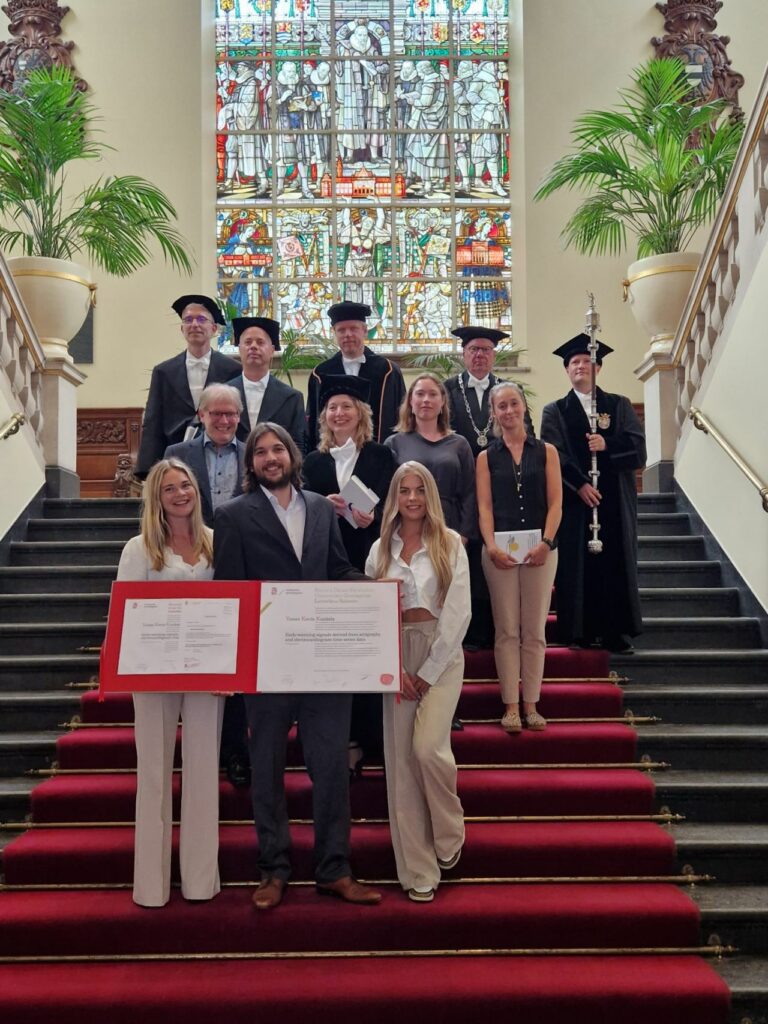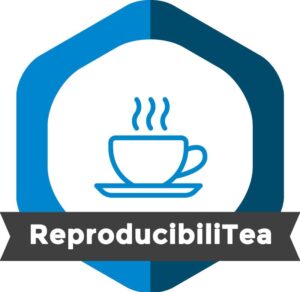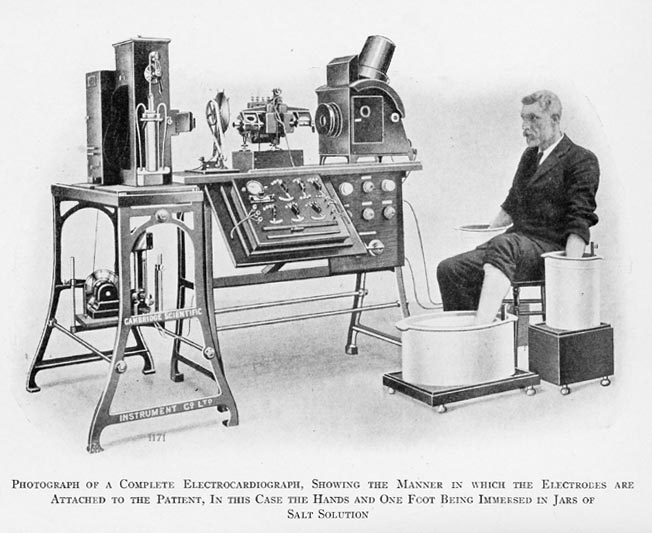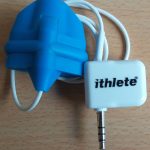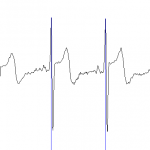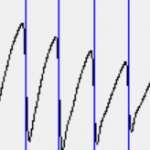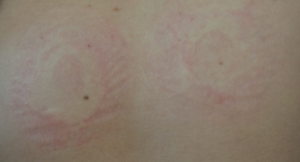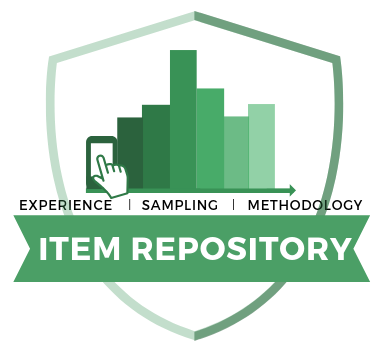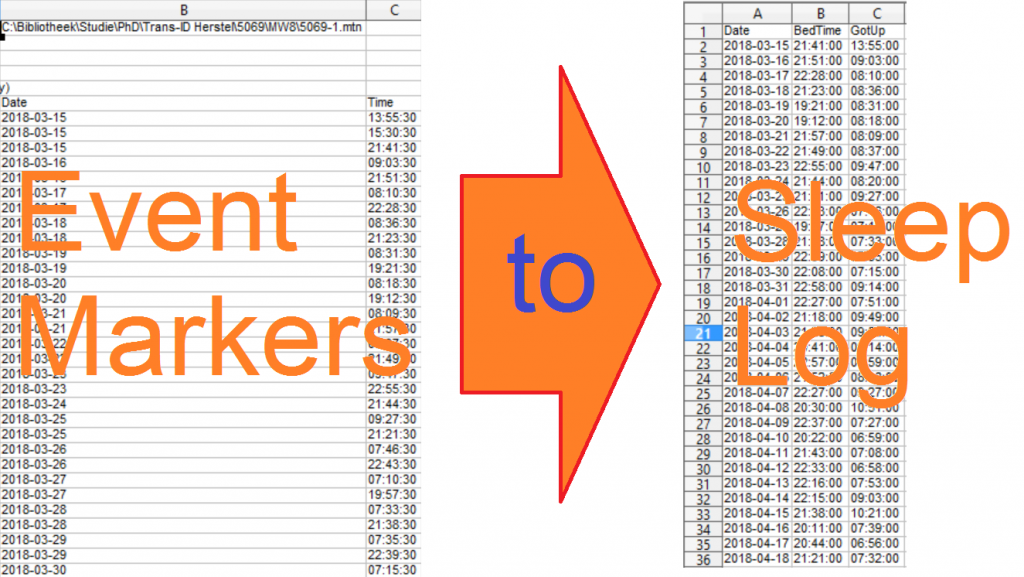Trump en de domme importheffingen
(English after Dutch)
De importheffingen of “Tariffs” die de Trump administratie heeft uitgerold is zouden immens hilarisch zijn, als het niet zo ontzettend schrijnend zou zijn.
Hilarisch omdat het gewoonweg zo ontzettend dom is; van het door ChatGPT gegenereerde beleid tot de amateuristische formule waarmee een eerstejaars economiestudent nog niet eens weg zou komen. De bizarre consequenties van importheffingen op eilanden waar alleen pinguïns permanent wonen (de Heard en MacDonaldeilanden) tot heffingen op plekken waar Amerikaanse soldaten de voornaamste bewoners zijn (Diego Garcia).
Ook de achterliggende gedachte, dat een handelstekort altijd slecht is, is dom. De fundamentals van een land worden afgestraft. Bijvoorbeeld; de Amerikaanse geologische dienst heeft een rapport opgesteld over kritieke mineralen voor de Amerikaanse industrie. Van de 50 mineralen die kritiek zijn voor de Amerikaanse economie is de Verenigde Staten bij 12 van deze mineralen voor 100% afhankelijk van import [1].
Er is géén enkele importheffing ter wereld die de delving van deze kritieke mineralen opeens van andere landen naar de Verenigde Staten brengt. Die mineralen zitten namelijk gewoonweg niet in de Amerikaanse bodem. Dom dus.
Oh, en de Amerikaanse auto-industrie wordt vaak genoemd als slachtoffer van andere landen. Wij zouden bewust vele barrières opwerpen om Amerikaanse auto’s hier te ontmoedigen, terwijl we wel onze voertuigen hun kant op sturen. Ook dit narratief is veel te simpel. Als oud-automonteur en auto-enthousiast weet ik dat er een tijd is geweest dat Amerikaanse auto’s gewoon domweg van ontzettend lage kwaliteit waren, en bizar veel benzine gebruikten. Andere landen, zoals bijv. Japan, en Duitsland, produceerden domweg gewoon kwalitatief betere auto’s. Een droom van vrije markt kapitalisme waar de VS normaliter zo fier op is, toch? Nee, blijkbaar is dit alleen ok als de VS de winnaar is.
Ook worden lagelonenlanden onredelijk hard getroffen. Bijvoorbeeld Lesotho dat wordt geraakt door een belachelijke 50% importheffing. Waarom? Omdat Lesotho meer exporteert naar de VS dan het daarvandaan importeert. De afgelopen jaren hebben Amerikaanse bedrijven juist geïnvesteerd in nieuwe fabrieken in Lesotho, er wordt daar veel kleding geproduceerd voor de Amerikaanse markt. Maar Lesotho is een arm land, mensen daar kunnen domweg vaak géén dure Amerikaanse producten betalen, géén iPhones, géén Harley-Davidsons, géén Ford F150 pickups, nee zelfs een schoolkind snapt dat. Helaas zit er een kleuter in het witte huis en iedereen om hem heen is alleen bezig met eigenbelang of te bang om de grote leider tegen te spreken.
Bizar trouwens dat Trump’s grote vriend Vladimir Vladimirovitsj Poetin niet geraakt wordt door importheffingen, maar het zou al langer duidelijk moeten zijn dat Poetin een begaafde poppenspeler is en Trump een makkelijk te bespelen pop.
Gelukkig lijkt er onder de Amerikaanse bevolking veel minder draagkracht te zijn voor het ondergaan van economische pijn om Trump te blijven ondersteunen. Anderzijds laat de bevolking van de landen op wie deze heffingen gericht zijn vaak een sterk “Elbows up” of “Rally around the flag” effect zien. Mensen hier zijn meer geneigd om zichzelf te willen verdedigen tegen deze economische aanval.
Laten we proberen om internationaal meer samenwerking te creëren met andere landen die onze democratische waardes delen, zowel op economisch gebied als op het gebied van internationale veiligheid. In de tussentijd kan Amerika even in de pauze-hoek, totdat de Amerikaanse regering weer genezen is van zijn huidige stormvloed aan domheid, misschien na de verkiezingen in 2028. Laten we hopen dat de VS dan nog een functionerende democratie is.
[1] U.S. Geological Survey. Mineral Commodity Summaries 2025. https://doi.org/10.3133/mcs2025. Opgehaald op 07-04-2025.
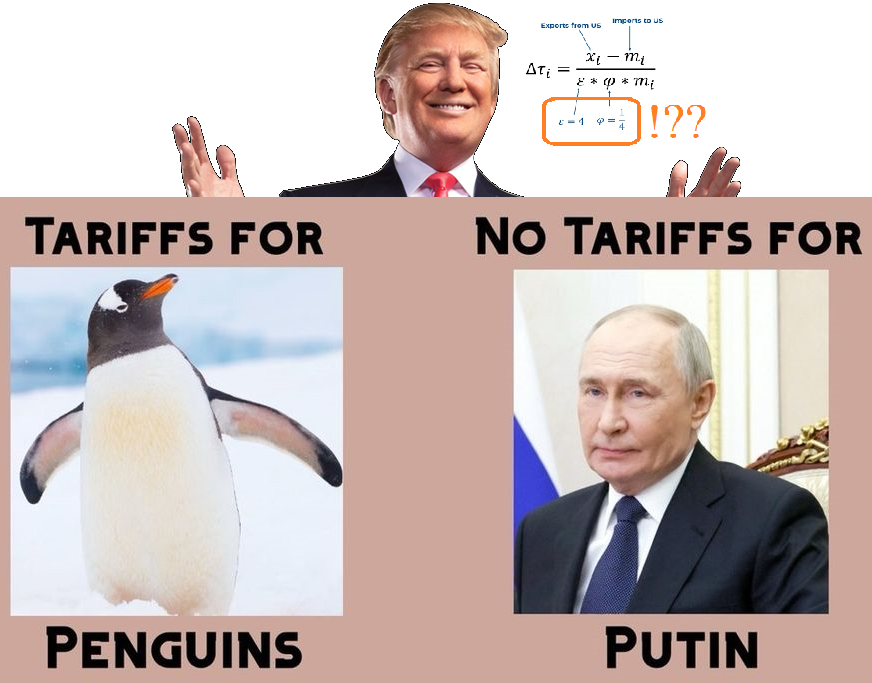
Trump and the dumb tariffs
The tariffs that the Trump administration has rolled out would be hilarious if they weren’t so incredibly poignant.
Hilarious because they are just so incredibly stupid; from the ChatGPT-generated policy to the amateurish formula that a first-year economics student wouldn’t even get away with. The bizarre consequences of import duties on islands where only penguins permanently live (the Heard and McDonald Islands) to duties on places where American soldiers are the main inhabitants (Diego Garcia).
The underlying idea that a trade deficit is always bad is also stupid. The fundamentals of a country are being punished. For example; the US Geological Survey has produced a report on critical minerals for American industry. Of the 50 minerals that are critical to the American economy, the United States is 100% dependent on imports for 12 of these minerals [1].
There is no import duty in the world that suddenly brings the mining of these critical minerals from other countries to the United States. Those minerals are simply not found in the American soil. It is just stupid.
Oh, and the American auto industry is often referred to as a victim of other countries. We are supposedly deliberately putting up many barriers to discourage American cars here, while we still send our vehicles their way. This narrative is also far too simplistic. As a former auto mechanic and car enthusiast, I know that there was a time when American cars were simply of incredibly low quality, and used an insane amount of gasoline. Other countries, such as Japan and Germany, simply produced better quality cars. A dream of free market capitalism that the US is normally so proud of, right? No, apparently this is only okay if the US is the winner.
Also, low-wage countries are hit unreasonably hard. For example, Lesotho is hit with a ridiculous 50% import duty. Why? Because Lesotho exports more to the US than it imports from there. In recent years, American companies have actually invested in new factories in Lesotho, where a lot of clothing is produced for the American market. But Lesotho is a poor country, people there often simply cannot afford expensive American products, no iPhones, no Harley-Davidsons, no Ford F150 pickups, no, even a child of school-going age understands that. Unfortunately, there is a toddler in the White House and everyone around him is only concerned with self-interest or too afraid to contradict the great leader.
Also, it is bizarre that Trump’s great friend Vladimir Vladimirovich Putin is not affected by import duties, but it should have been clear for a long time that Putin is a gifted puppeteer and Trump an easily manipulated puppet.
Fortunately, there seems to be much less of a will among the American population to endure economic pain in order to continue supporting Trump. On the other hand, the population of the countries targeted by these tariffs often show a strong “Elbows up” or “Rally around the flag” effect. People here are more inclined to want to defend themselves against this economic attack.
Let us try to create more international cooperation with other countries that share our democratic values, both in the economic field and in the field of international security. In the meantime, America can take a break until the American government has healed from its current flood of stupidity, perhaps after the elections in 2028. Let us hope that the US is still a functioning democracy by then.
[1] U.S. Geological Survey. Mineral Commodity Summaries 2025. https://doi.org/10.3133/mcs2025. Retrieved on 07-04-2025.
